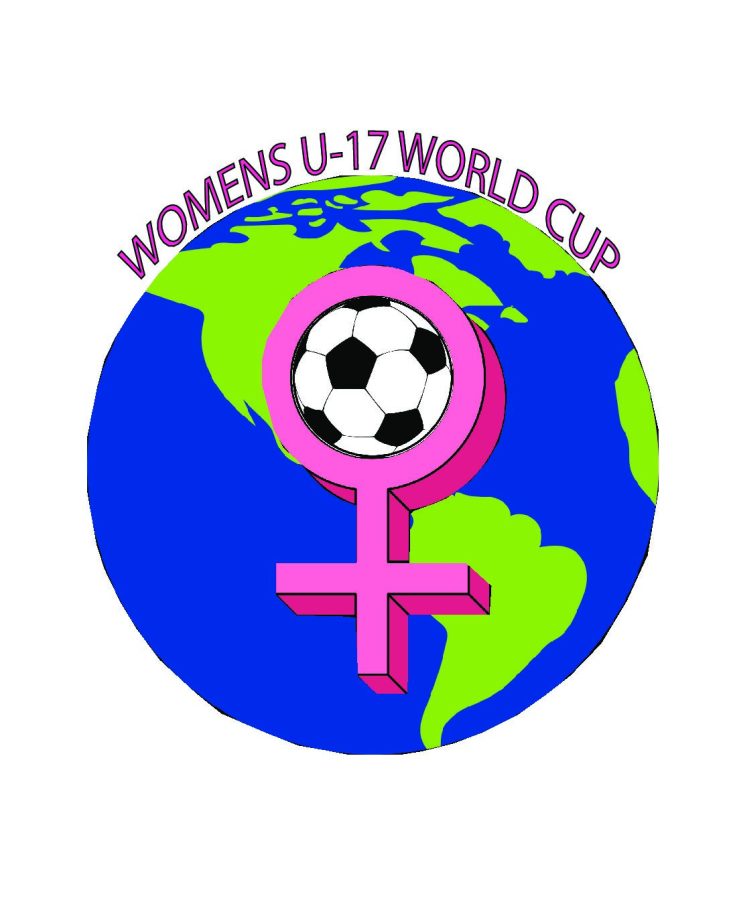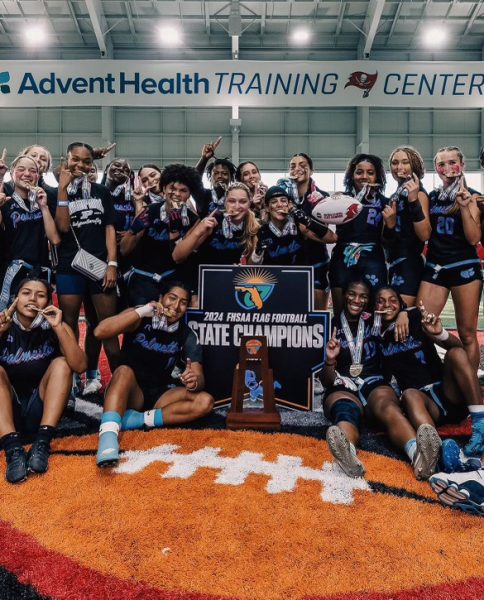Women’s Under 17 World Cup Concludes
November 15, 2022
As the beginning of the Men’s World Cup approaches, the Women’s Under 17 World Cup reaches its end. In a late victory, defending champion Spain beat Colombia 1-0 in Colombia’s first finals appearance. ]
The women’s U-17 World Cup began in 2008, initially taking place in New Zealand. Occurring every two years, the 2020 Cup was postponed until 2022, and was hosted in India. The first few matches began on Oct. 11 and featured four groups each with four teams. This list includes Chile, Colombia, New Zealand, the United States, Morocco, Spain and more.
Spain, the most accomplished team in the women’s U-17 world cup, won on Oct. 30 placing them as back-to-back champions. Colombia made history as the first South American team to make it to the finals. Despite their loss, they made it far partly because of their star player, Linda Caicedo, who has been described as a “female Neymar.” However, Spain demonstrated technical skill throughout the series, claiming victory in the final game with only one loss in the entire series.
There is a clear divide in the number of viewers between the men’s and women’s World Cup divisions. For example, the men’s U-17 cup in 2017 had a total of 1,347,143 fans watching overall, and the 2022 women’s U-17 cup had 185,000 overall. With over 24,000 fans attending the final match and 185,000 in attendance throughout the entire series at India’s D.Y. Patil Stadium, the event could potentially mark a turning tide in the exposure of women’s sports and girl’s soccer, a historically underrepresented league.
The Women’s World Cup holds importance to Miami Palmetto Senior High Varsity soccer player and senior, Stevie Ricklick. Ricklick rooted for the U.S. team and has experienced the effects of limited representation in female sports.
“We do the exact same thing as any other guy does and it is just not recognized; even here in high school sports nobody comes to girl’s games, nobody watches,” Ricklick said.
The overall hope for the future of women’s sports is more mainstream exposure and equal pay for female athletes.
“I hope the viewing goes up and of course payment too because they are putting in just as much work as the men are,” Ricklick said.
This World Cup has allowed these female players to shine, and it is only the beginning of more recognition and many more accomplishments in women’s soccer.














